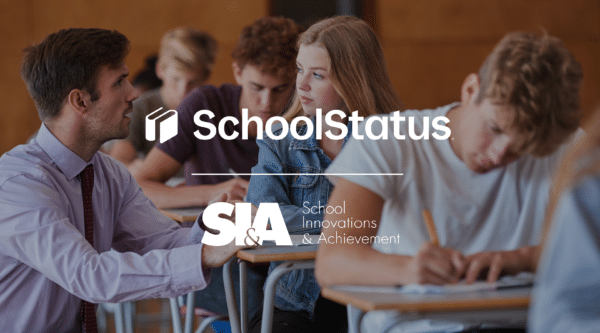

When it comes to building an effective learning environment, parents and teachers need to work hand-in-hand to provide the best educational experience for learners. As much as parents work hard to ensure their children get the best education, teachers must also strive to build a sense of community between students’ home and school. This is where Family-teacher communication becomes a critical foundation.
Research has proven that the involvement of parents in the learning process offers an avenue for teachers to focus more on the task of educating students. Teachers also get to learn more about each student’s need and home environment that helps in building an effective learning environment.
However, communicating and building a partnership with parents is not always straightforward.
Here’s a guide on the common mistakes that teachers need to avoid when communicating with parents.
5 Common Mistakes to Avoid in Family-Teacher Communication
1. No objectives set
Communication is about creating a conversation with a clear objective in place. Without a goal in mind, it’s like going to a war without a weapon. Ensure that you have a set objective that is focused on building an effective classroom experience. Do you want students to have better attendance? Do you plan to seek help from parents as their child develops certain skills? Whatever your objectives are, they should help you gather support to make the learning process easier in the classroom.
2. Communicating only once
Having the odd conversation with parents doesn’t guarantee a successful result in terms of achieving your objective/s. In fact, most parents have been found to only make contact when something bad happens. Teachers and parents need to communicate often to create a relationship and be able to address concerns and see the progress of the goal. Remember that the personal interaction between parents and teachers will help build a conducive learning environment for students.
3. Not utilizing technology
We are living in a digital world, where everything needs to be fast paced and ultimately, timely. With the help of tech tools, it’s easier to build bridges with parents where you can connect with them whenever possible to provide updates. The latest smartphones are now built with the fastest mobile internet, so you and your student’s parents can have seamless communication. There are also apps that can be used to further enhance the experience, such as Remind, ClassDojo, Edmodo among others. There are also particular platforms that are designed for all classroom communication and scheduling needs encouraging a higher quality of family support in education such as ClassTag, which aims to help teachers turn parents into partners in their child’s education.
4. One approach to all
The “one size fits all” approach shouldn’t be used when it comes to communicating with parents. Teachers need to realize how to present the issue to parents in the most appropriate way without putting a strain on the relationship. Most parents are sensitive about the thought of their child not being able to perform well in the classroom. Placing the blame immediately on the Family or on the student will create tension between you, which may affect how they disclose information. Test the waters and see what the best approach is in telling them about certain problems and provide solutions if possible that can help them out.
5. Keeping it one-way
Communication should always involve two parties, thus, both parties should engage in conversation, providing valuable insights along the way. There should always be two-way communication between families and school by sharing relevant information with each other about the student to better equip both parties in helping the child achieve success academically. There are different strategies on how to maintain effective two-way communication, such as through Family conferences, phone calls, email, school websites among others.
The best way to establish effective Family-teacher communication is to keep it consistent, collaborative, personalized and with clear goals and expectations on both sides. The task of avoiding these 5 common mistakes is not easy, but it can be done successfully in particular with availability of modern tools.
Are you making any of these mistakes or figured out a way to overcome them? Share common Family-teacher communication mistakes to avoid with colleagues and leave a comment below.
About the Author:
TeachingJB has been following the latest in EdTech and education industry. She finished a degree in early childhood education but wasn’t able to practice it until recently. She is an active blogger and a full-time teacher for kindergarteners.
Stay Connected
News, articles, and tips for meeting your district's goals - delivered to your inbox.


















